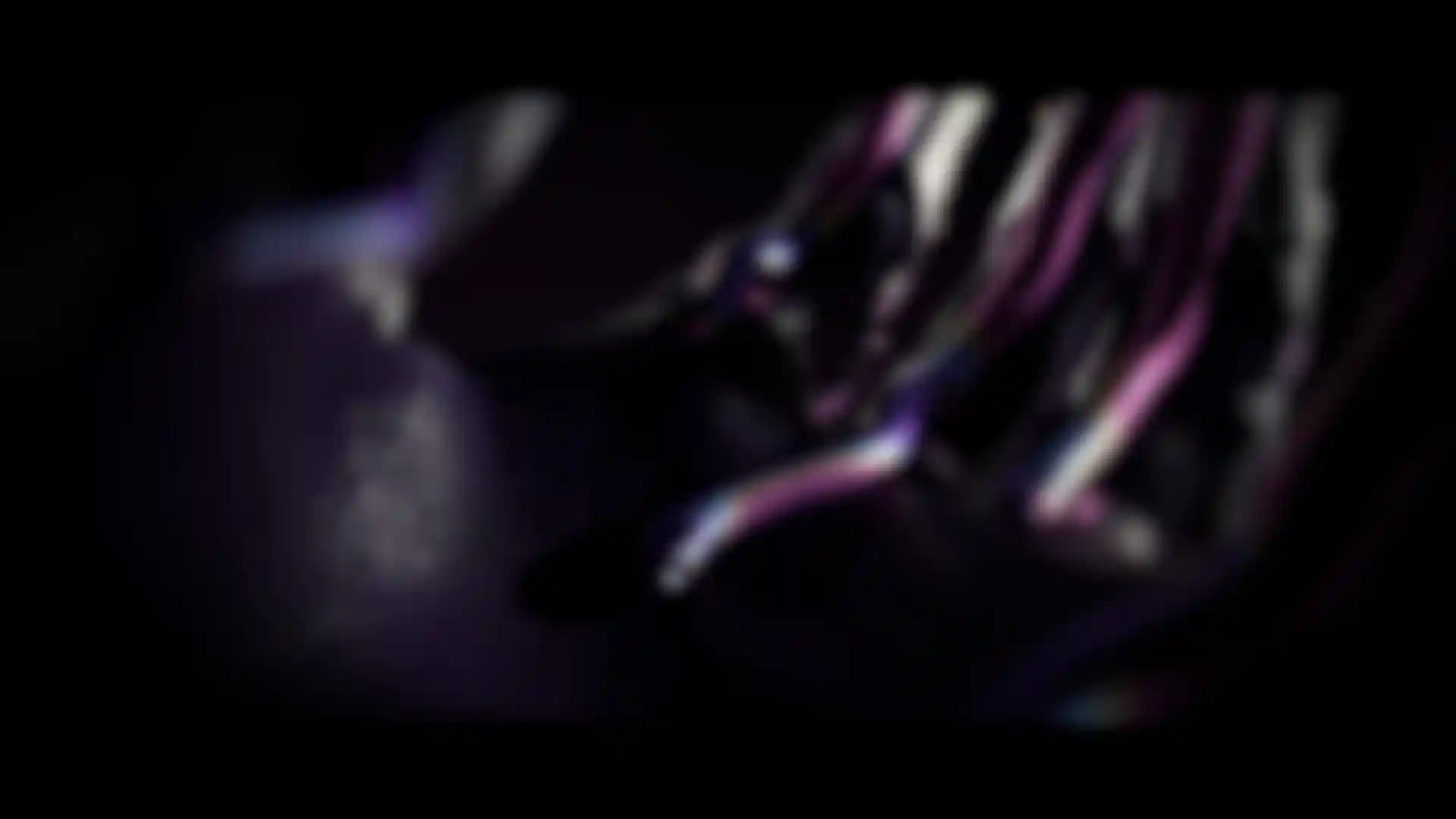
Remembering Riot Games’ K/DA ‘Villain’ As the 2023 season of ‘League of Legends’ ends, Maxon talked to Trizz about the viral video they created by a virtual supergroup fans love.
Trizz is a renowned studio with an exceptional creative philosophy that is evident in every project they tackle, particularly K/DA “Villain,” the viral video they created with Cinema 4D and Redshift a couple of years ago in collaboration with Riot Games.
So as fans prepare to wrap up the 2023 season of “League of Legends,” we are taking a look back at that popular video, which offers a glimpse into the dark psyche of Evelynn, a “League of Legends” character who, along with three other characters in the game, form the K-Pop virtual supergroup K/DA.
Here’s what members of the Trizz team — Executive Creative Director Oriol Puig; Head of Production, Simon Bath; and Production Assistant, Kasia Foremski, production assistant, had to say about the project.
Tell us about “Villain” and how it relates to “League of Legends.”
Trizz: Evelynn, and three other characters, made up K/DA, a virtual pop group that was majorly successful with the “League of Legends” community. The group even performed on stage during the opening ceremony of Riot Games’ annual “League of Legends” Esports event in 2020.


The song is very popular with fans. Did the music drive the visuals?
Trizz: We are very visually driven so, for a video like this, we tend to avoid being tied to a storyboard or music. Instead, we define broad concepts that we would like to explore visually and, as they take shape, we craft a visual story connecting everything to drive an emotional journey into the character's psyche.
How did your collaboration with Riot Games come about?
Trizz: We were very lucky. One of the creative teams at Riot Games noticed our work online. At the time, we did not have any gaming cinematic experience but, incredibly, they gave us a chance to explore Lux, a “League of Legends” character.

We made a two-minute cinematic for her and ever since then, we have collaborated with them on quite a few projects and it's always a pleasure.
Talk about your process for the video, please.
Trizz: Our workflow usually starts with conceptualizing the overall look and feel of the project, then we move on to character and scene design. In this case, the main character already existed, but we wanted to go a step further to make her more realistic, giving greater detail to the skin in particular.
Once the set designs were ready and approved, we used Cinema 4D to create the 3D character models for each scene. Houdini was used for fluids and smoke simulations. And we used Redshift for rendering. Its advanced capabilities allowed us to create incredibly realistic lighting and shadows with great control over material adjustments to achieve the desired look.

Say more about the fluid simulations.
Trizz: Our creative approach to simulations is very similar to how we craft the stories. We do a lot of open experimentation with very few limits, and we usually let those tests drive where we go directionally. Since there are so many happy accidents that happen in the simulation process, we like to take an open-ended, laboratory-like approach in very slow resolution. It’s a great way to generate a lot of material and play on the edit, to see what works best in terms of flow.
How did you approach lighting and shading in the video using Redshift?
Trizz: We wanted a somewhat disturbing and dark atmosphere to surround Evelynn in an air of mystery rather than fully revealing her. Redshift allowed us to focus on artistic rather than technical aspects of the project because its management of lights, micro-displacements and blurs is simple, but very complete.
Did you learn anything new while working on this that you’d like to share?
Trizz: For this project we had to delve into the use and rendering of smoke/fluids via VDBs. Anyone who has worked with VDBs knows that it can be slow and cumbersome, but Redshift allowed us to do it in a much easier and faster way. We quickly had on-screen representations that allowed us to make all the necessary adjustments.

Are there any other projects you’d like to mention?
Trizz: Yes, we released two projects earlier this year, Castrol and Cannondale where C4D and Redshift were our primary lighting and rendering tools with great results.
We’ve also just completed a big cinematic game trailer that will be released next year, featuring multiple characters, environments and action-packed animation. All lit and rendered with C4D/Redshift.
It had some pipeline complexities — navigating character creation, rigging and animation, plus the adaptation of existing client assets from their bespoke pipeline — but we believe firmly it was an effort worth investing in. The work allowed us fantastic creative control and flexibility, making it possible to produce a stunning looking film that we’re looking forward to showing when it’s released.